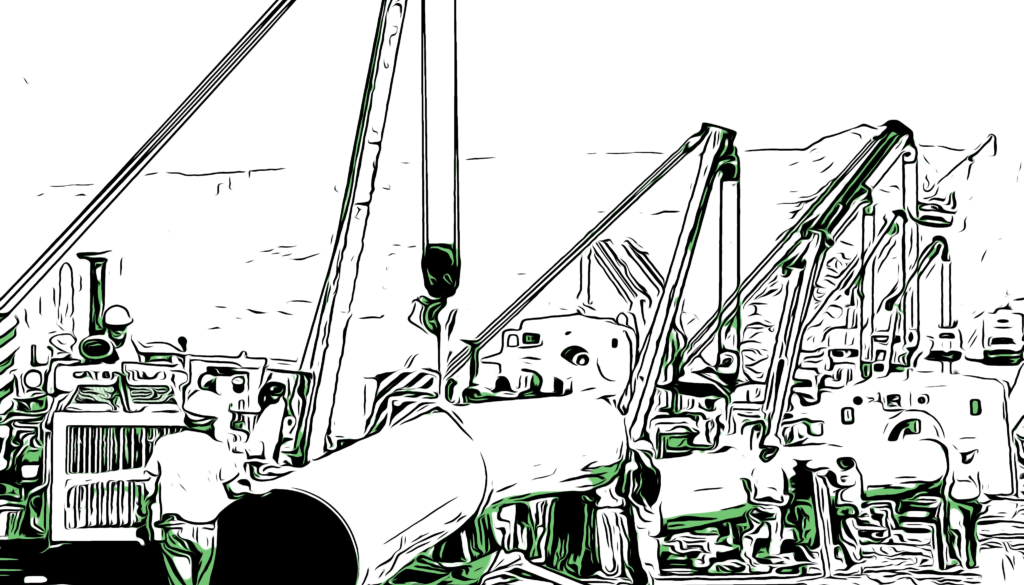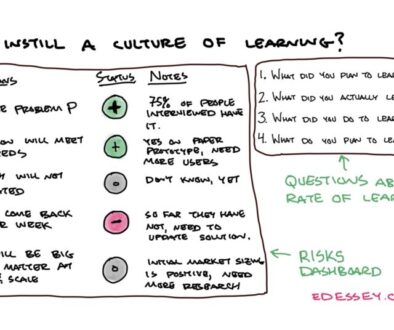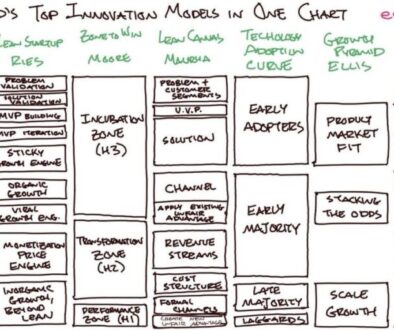Creating an Incubation Pipeline
Over the last several posts, I’ve covered how organizations can encourage and support innovation, leading to specifically breakthrough innovations in horizon 3 (or loonshots) and how to zone to support them.
Here’s how you can set up that pipeline. The stages are ideation, identification, application, selection, and then incubation.*

- Ideation – The pipeline begins with ideation, either continuous ideation or a specific event. See the How to Create Innovation Events for Impact article. In the culture set up by the Microsoft Garage where I work, that’s often a hackathon.
Since your pipeline will likely yield more than you can support, you need identification, application, and selection processes to winnow the funnel.
- Identification – This is how you select the projects that will be a fit for this pathway. See How to set up pathways for innovation in your organization, which covers identification of new businesses, incremental improvements, internal, and third party into four separate buckets. This particular pipeline is about new business incubation, so focus on those.

- Application – Then you need a merit-based application process for teams to show how well they and their projects will fit into the process. This needs to force the teams to vet all that they need to do for the Selection process ahead. For “merit” here, you’re specifically looking for aligned projects, with capable teams, who can validate their ideas in market.
- Selection – Unless you have infinite resources, you need to select the highest potential projects to invest in. In How to Select High Potential Projects, you can read about the People, Opportunity, and Alignment approach to project team selection.
Once you select a project, there’s a lot to do with HR, finance, the team members, their managers, etc. to pave the way for them to enter Incubation phase, and that’s a topic for another day.
- Incubation – Then, and especially if you want new businesses that can become future growth engines for your company, you can set up an incubation zone to give these projects the environment, resources, and support that they need. During this phase, they will continue validation through the phases of Empathy, Stickiness, and Growth in order to transition to a place in the company that can focus on Impact/Revenue and Scale. (You can read about these more in a future post.)
An established company is phenomenal at Impact/Revenue and Scale in their core functions. The key here is the right transition plan and focus out of Incubation to be able to execute on this. Following Incubation, the next steps are Transformation and Performance. You can read about these in later posts, too.
* Although I provide specific names, it’s wise to adjust the wording to fit to your organization’s terms.
If you found this useful
You can engage in the following ways:
- Subscribe to receive follow-ups.
- Share if you know someone else who will benefit.
- Comment with questions and stories so that others can benefit from your thoughts.
We’re all in this together!




The Challenges and Strengths of Corporate Incubation - Ed Essey
May 8, 2020 @ 5:04 am
[…] – Create an incubation pipeline with multiple merit-based stages to meter funding and increase the odds of […]
May 26, 2020 @ 5:23 pm
Like!! Thank you for publishing this awesome article.